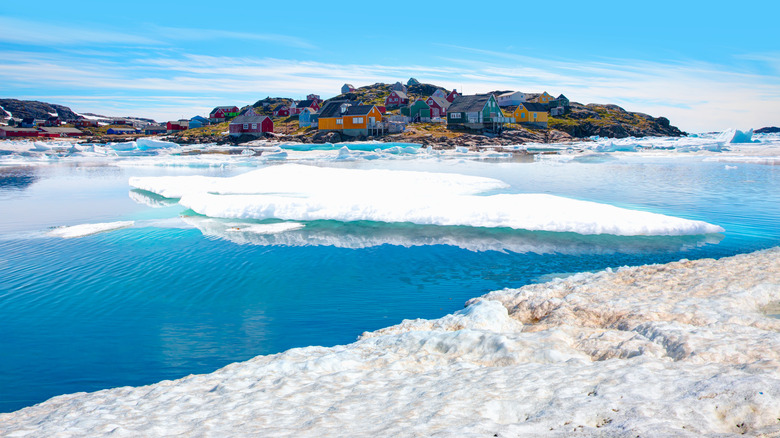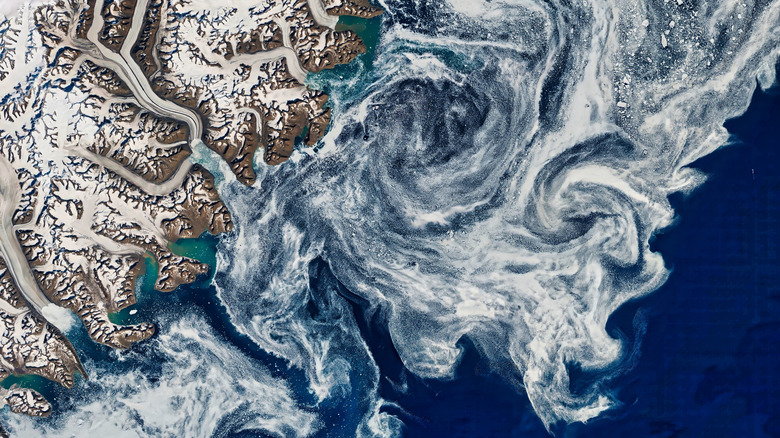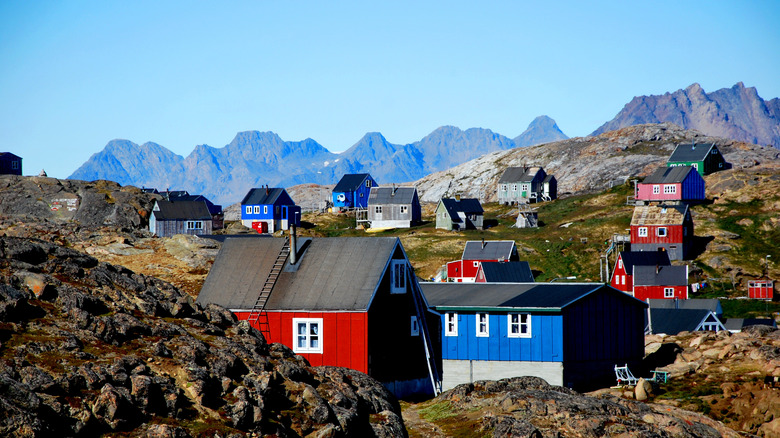The Largest 'Waterfall' In The World Is Situated Between Iceland And Greenland Hidden Underwater
Waterfalls are some of nature's most mesmerizing displays of power. From gorgeous cascades safe enough to splash and swim to roaring torrents of thrilling adventure, these natural wonders are captivating. Some are even hidden from sight. Here's a question for waterfall enthusiasts, aka cataractophiles, (yes, it's a word!): Where is the largest waterfall on Earth?
You might guess Angel Falls in Venezuela. At over 3,200 feet, it is the tallest waterfall above sea level. Perhaps Niagara Falls in New York is renowned for its sheer power — an astonishing 6 million cubic feet of water rushes over the edge every minute! The largest waterfall on Earth dwarfs both of these iconic sites. It is three times taller than Angel Falls and carries 2,000 times more water than the mighty Niagara.
Still don't know? The world's largest waterfall is hidden beneath the ocean. Known as the Denmark Strait cataract, this colossal underwater cascade flows between Iceland and Greenland, moving an incredible volume of water over the ocean floor.
How does a waterfall exist underwater?
It may sound impossible: A waterfall that flows beneath the sea? But in the Denmark Strait, a unique combination of geography and climate creates the effect of an ocean waterfall. Here, cold, dense Arctic water flows south from the Nordic Seas and meets warmer, lighter water traveling north from the Irminger Sea. When these currents meet, the denser Arctic channel drops below the warmer current. As it descends, this cold current cascades over a series of underwater cliffs or cataracts on the ocean floor — the largest of which plunges an astonishing depth nearing 2 miles. This phenomenon forms the Denmark Strait Cataract, a powerful waterfall that flows south along the ocean floor, while the warmer water continues traveling north along the ocean surface.
Underwater cliffs form a similarly breathtaking phenomenon in Mauritius, visible if you climb high enough along the oceanside cliffs to see the churning surf below. Unfortunately, the Denmark Strait cataract is not as accessible. You can, however, travel to Greenland, one of the most sustainable places to visit. If you want to get as close as possible to the Denmark Strait cataract, head to Kulusuk, a remote Arctic island that serves as the gateway to eastern Greenland. Planes fly regularly from Iceland, offering breathtaking views of the icy waters of the Denmark Strait from the air.
Kulusuk, a traditional Inuit settlement
Kulusuk is a small village of about 300 residents. The Hotel Kulusuk, the only hotel in town, offers a stunning location on the fjord where icebergs drift into view. For budget travelers, there's the bare-bones Kulusuk Hostel, but you'll need to bring a sleeping bag as accommodations are minimal. Kulusuk is a traditional Inuit settlement. Life centers around hunting and fishing. There's no public transport and cars are rare. A ride from the airport to the Hotel Kulusuk can usually be arranged but, otherwise, you'll need to explore on foot.
What you do in Kulusuk depends on the season. Summer is ideal for hiking, including exploring the ice caves on nearby Apusiaajik Island. This is also one of the few places to experience Inuit drum dancing, a mesmerizing, traditional art form. In winter, Inuit hunters and fishermen travel the frozen landscape on dog sleds, and you can join an excursion to learn more. Winter is also the best time to see the Northern Lights, with Greenland offering some of the most spectacular views of this natural phenomenon. If Kulusuk feels a little too remote, you can also visit on a day trip from an Icelandic vacation. Whether or not you get to see the largest waterfall in the world, it's a journey of discovery and adventure.


